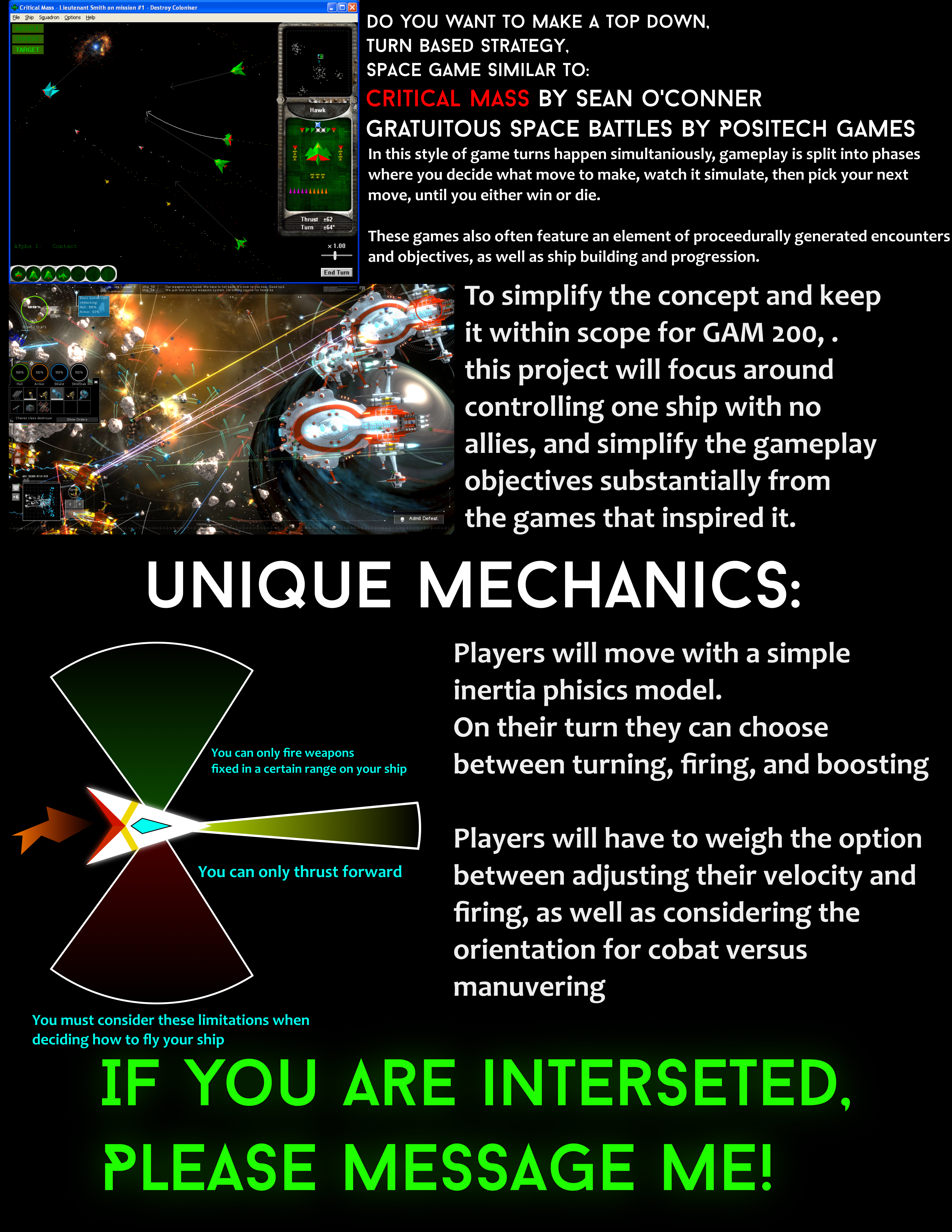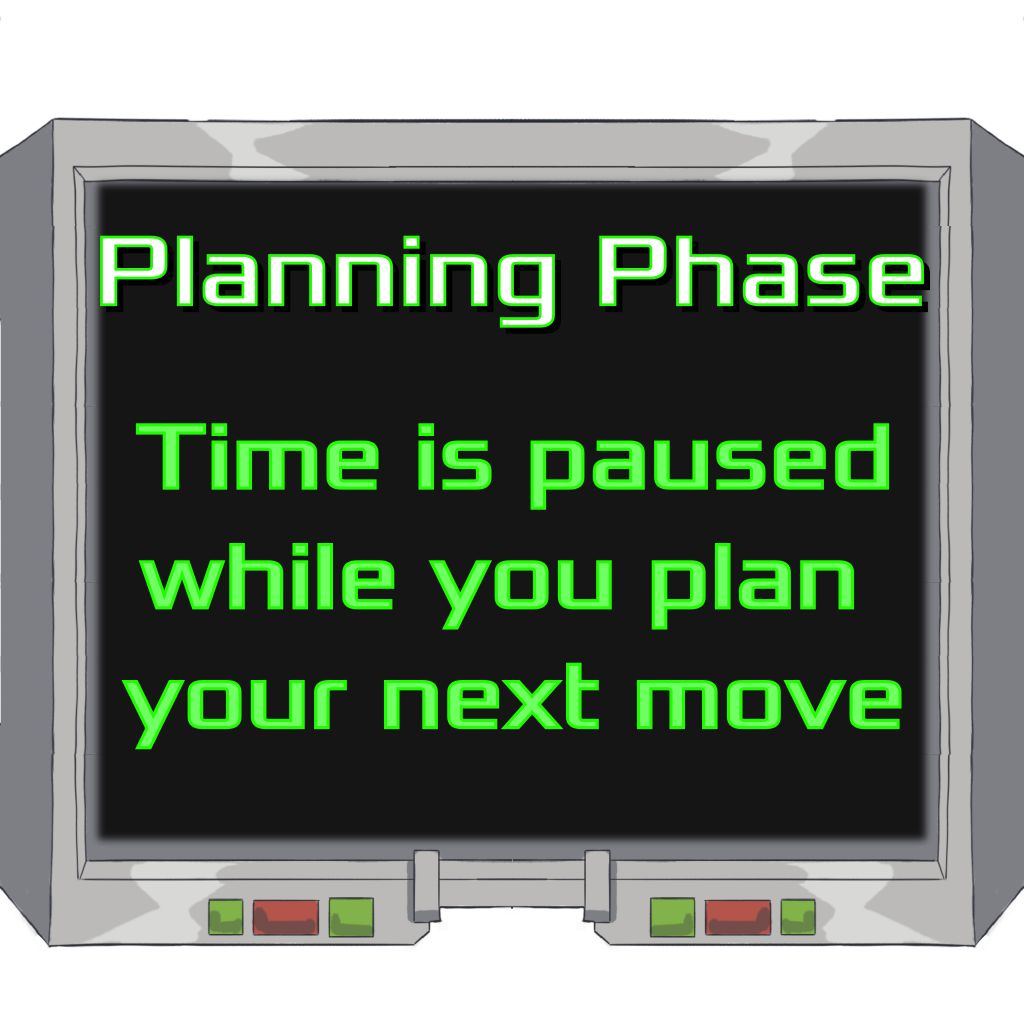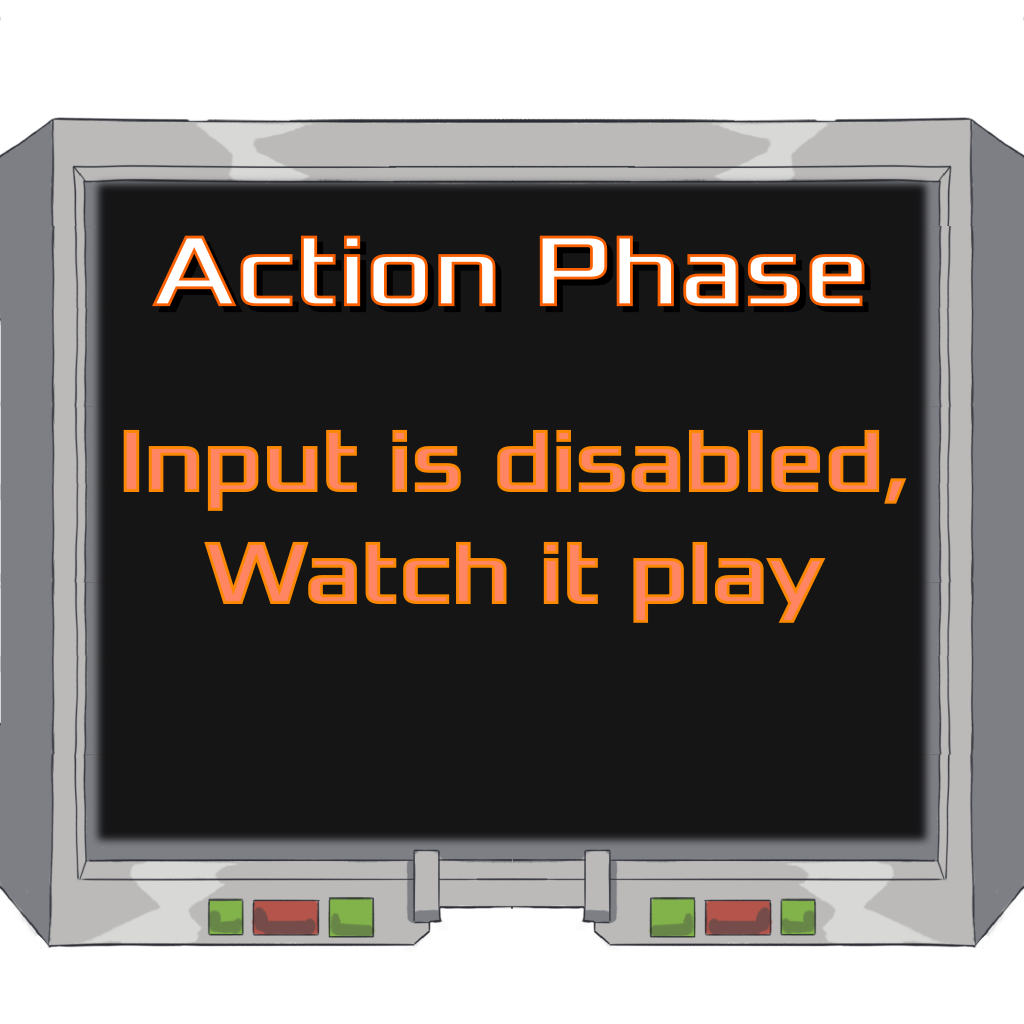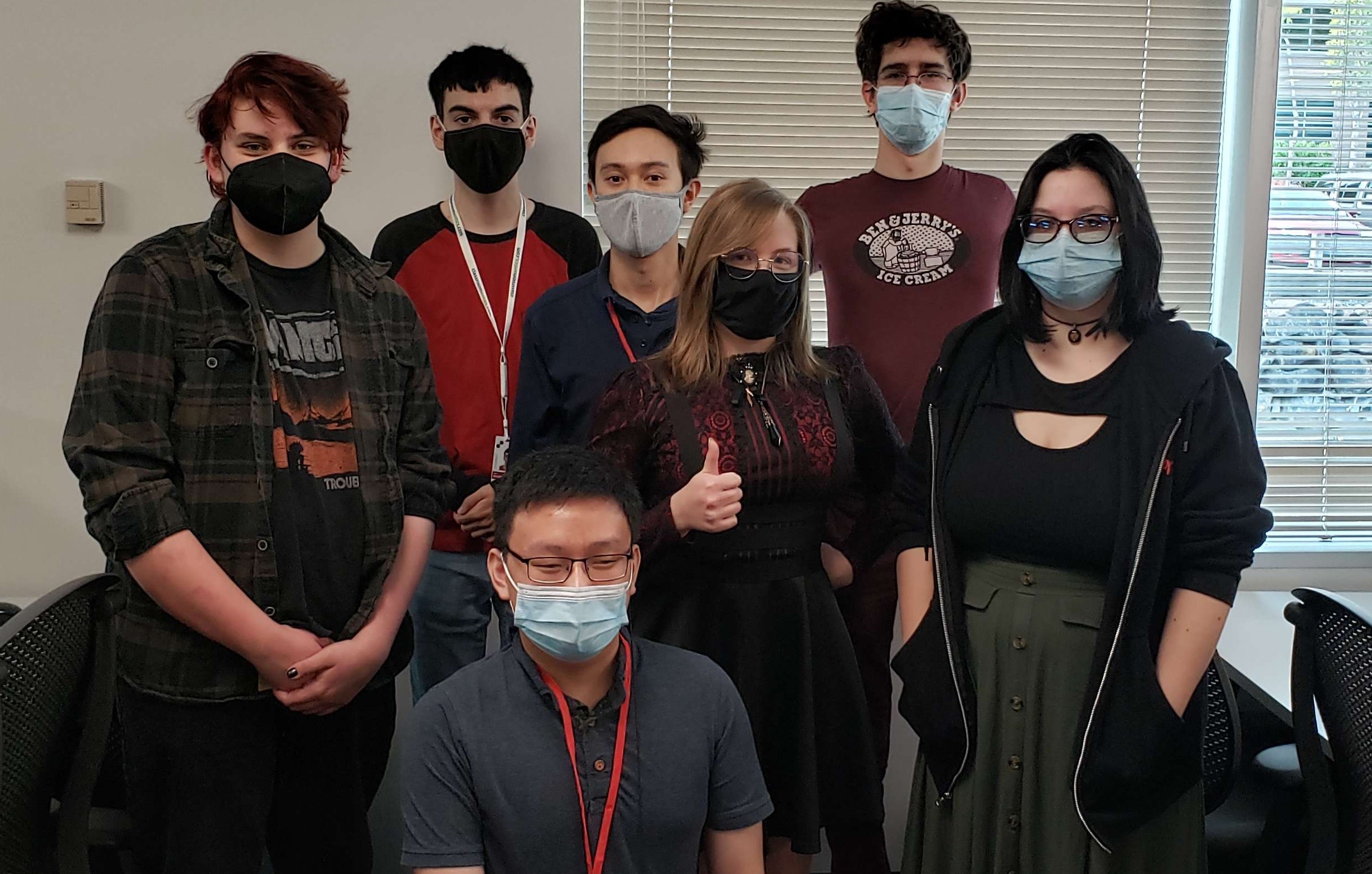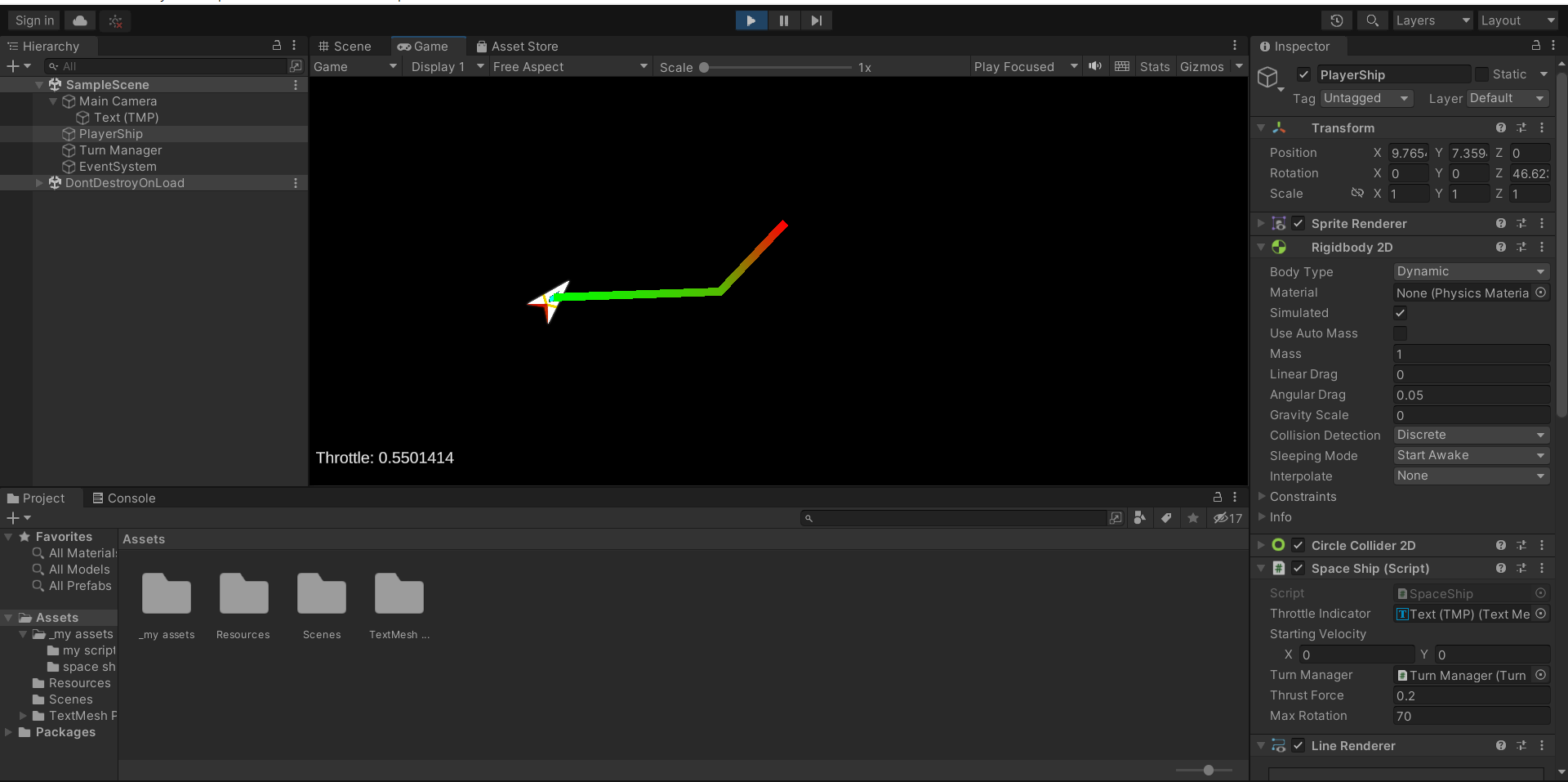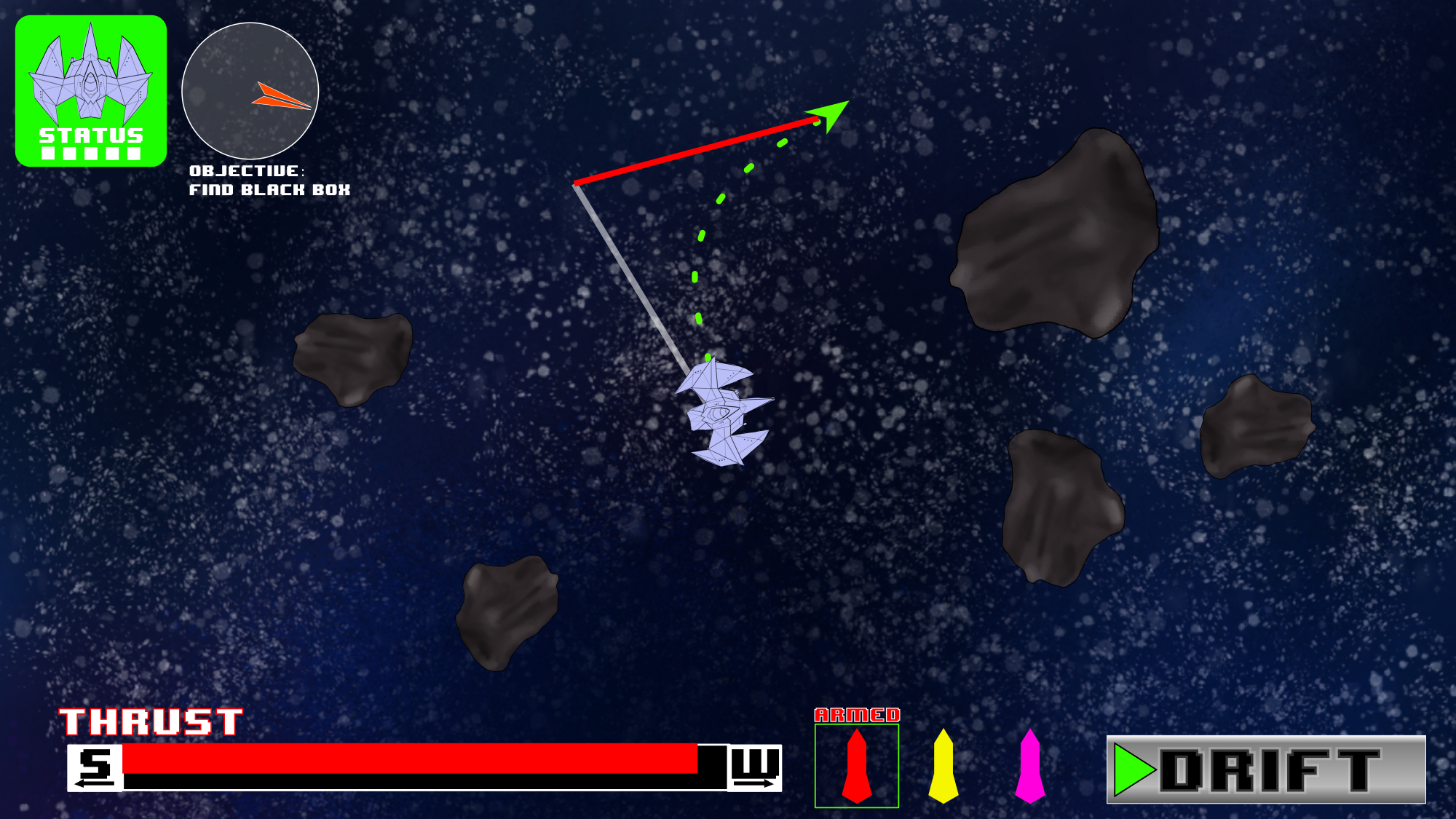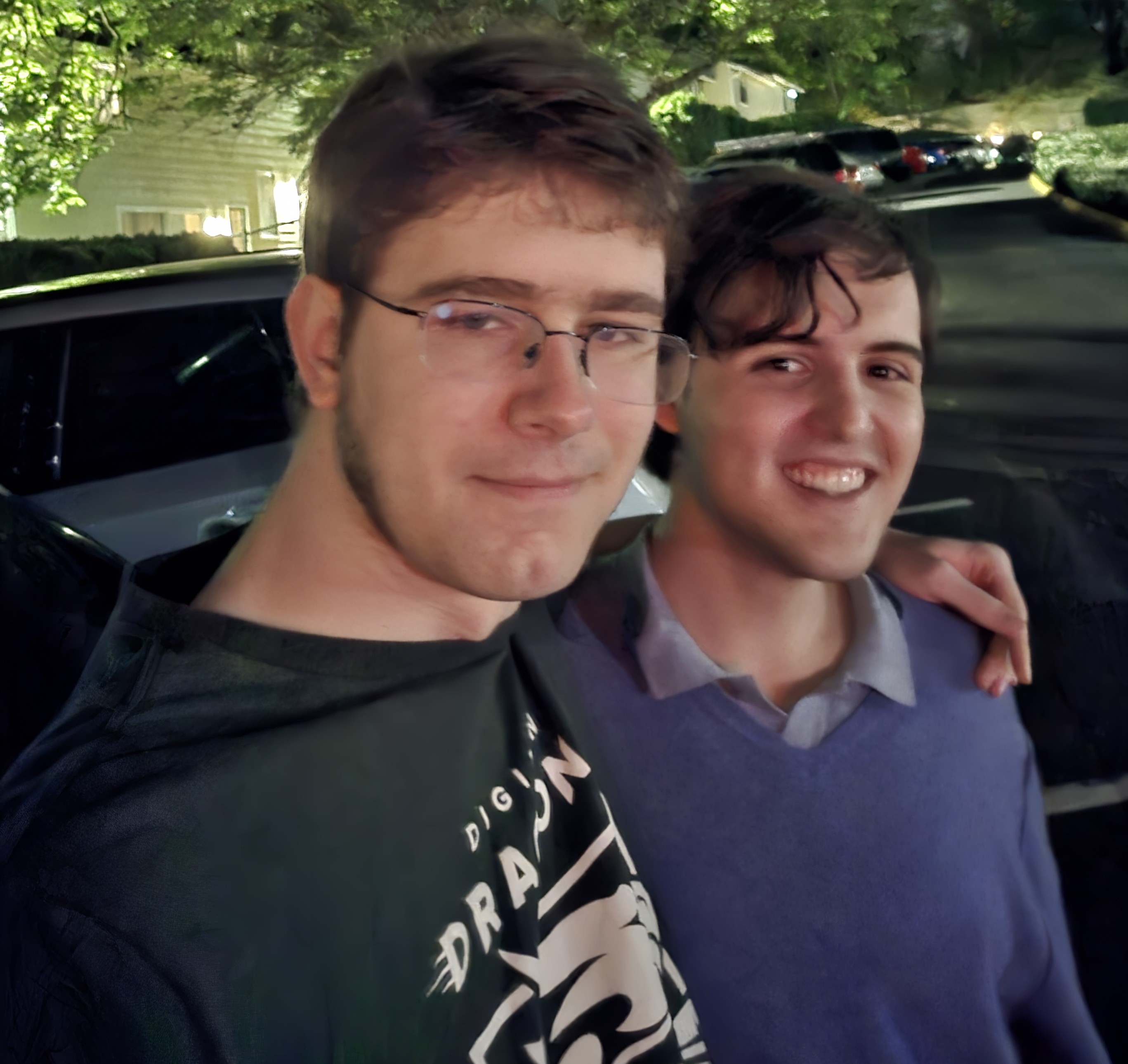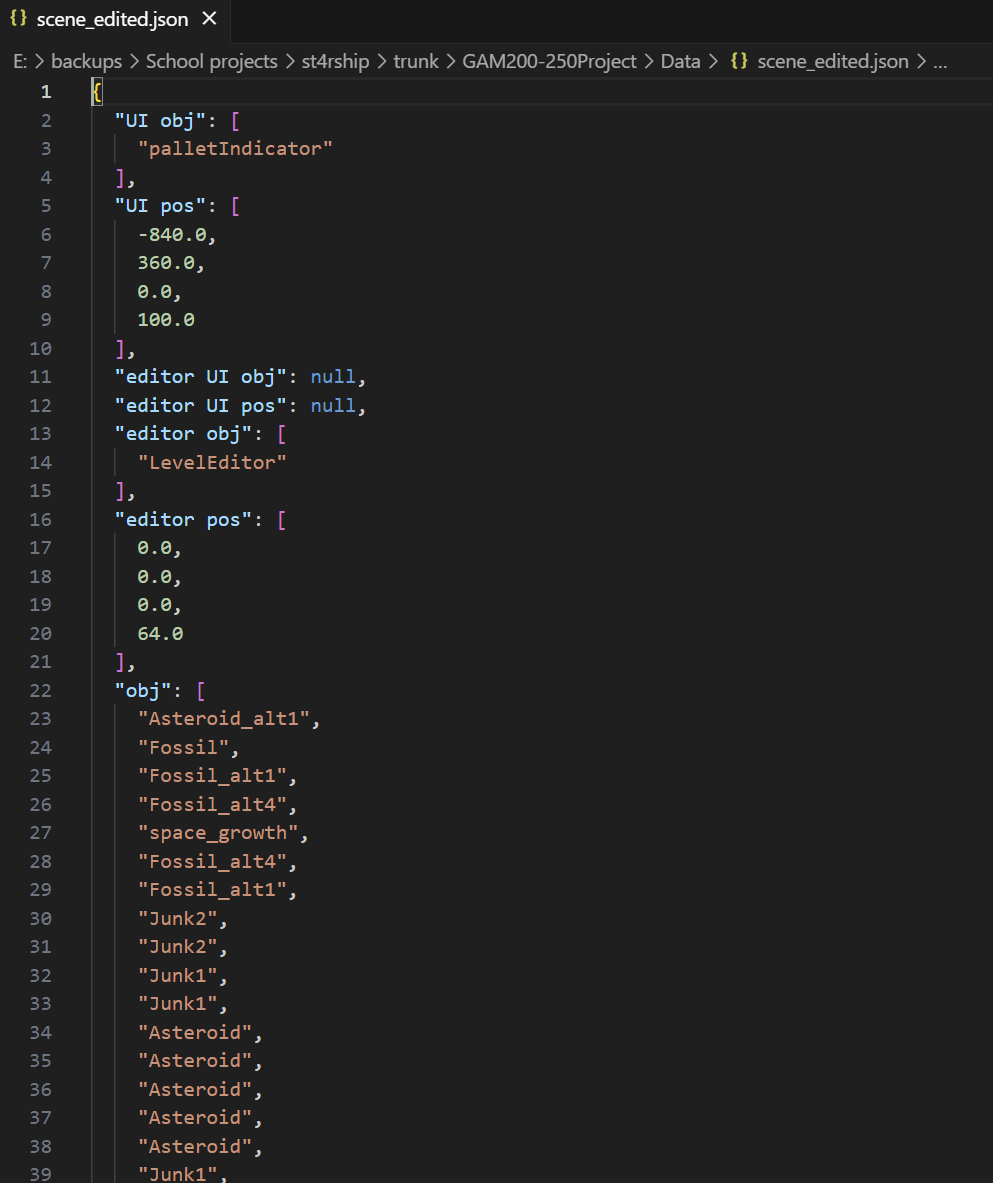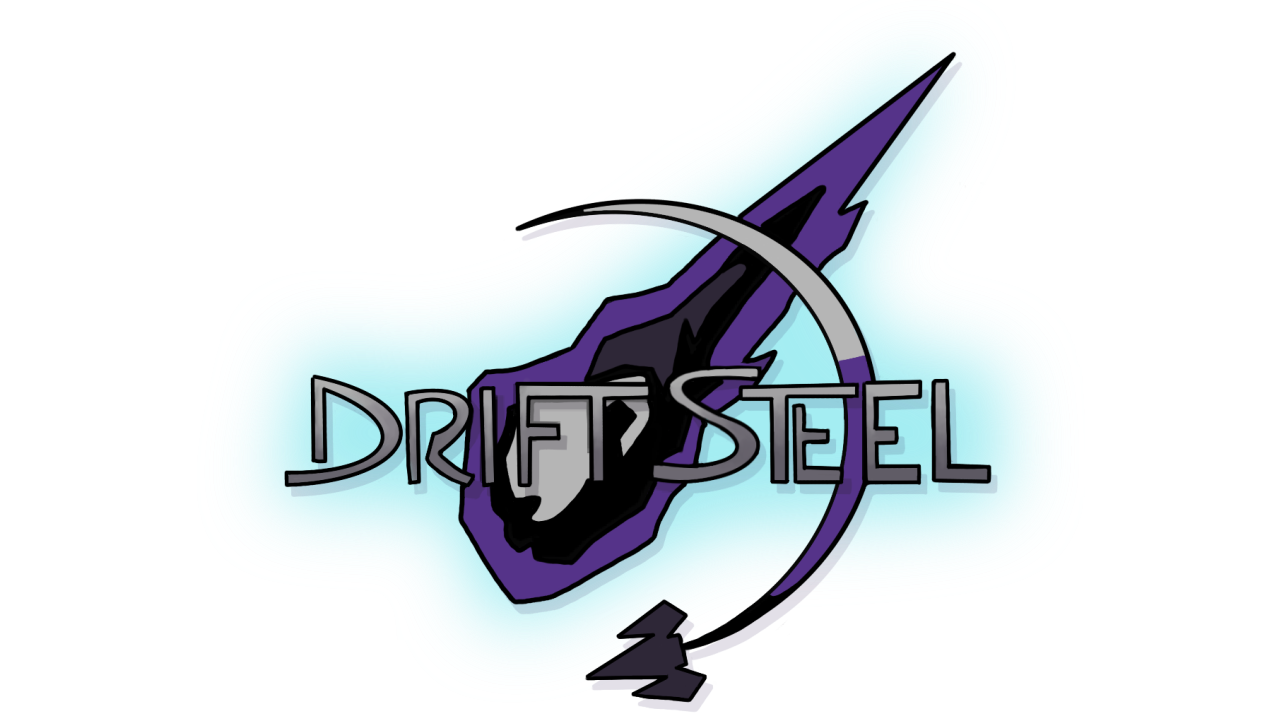
Details
- Academic Game Project
- August 2023 - April 2024
- Custom Engine
- C++
- OpenGl
- Team of 8
- 5 Programmers/Designers
- 3 Artists
- Targeting Windows PC

Click Here to download and play!
Producer
Gameplay Programmer
Technical Designer
My Contributions
- Pitched the game and formed the team
- Created a proof-of-concept prototype of the core mechanics in Unity to guide the design of the game and give the artists somewhere to visualize their assets in motion before the custom engine was stable enough to take over
- Envisioned, designed, and advocated for the game's core concept
- Led Production
- Tracked tasks through Trello
- Worked with the leads of design, tech, and art to distribute tasks to the team
- Provided assistance and mentorship to teammates struggling to understand C++ and our engine's unique architecture
- Implemented a large portion of the core engine's functionality
- Implemented the component system with direction from my tech lead
- Implemented the pause menu
- Implemented the turn manager to enable the game's core mechanic of turn-based physics
- Proctored playtests and wrote reports to properly interpret player feedback and ensure that our complex and novel game design was still understandable and enjoyable to new players
- Implemented a simple level editor to speed up iteration in response to feedback
